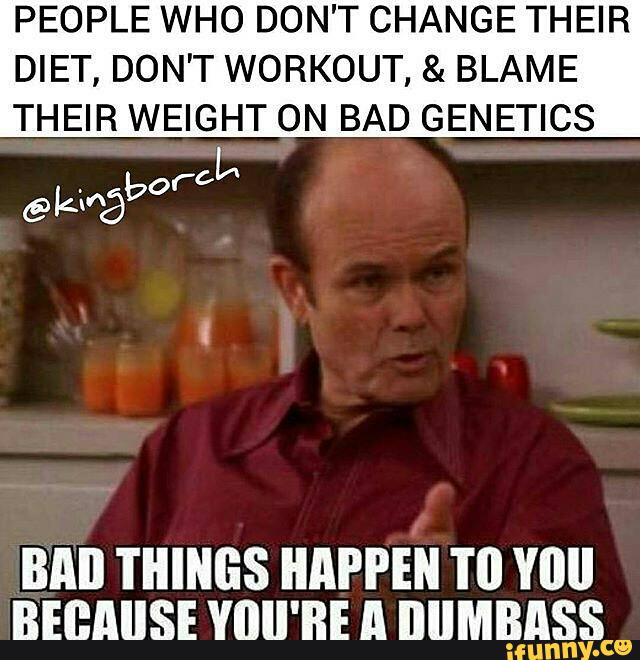Variables. The last time you talked about these, you were probably taking a math class in high school. But when it comes to diet & training, there are a number of crucial variables that need to change as you become more advanced.
But first, we need to understand just how “advanced” you truly are. How do we do that? We need to consider two things: your current training status, and your genetic potential. A lot of things must be taken into consideration when determining your training status, not simply the amount of time you’ve spent in the gym. Training experience may be a factor, but if you’ve spent the last few years in the gym toying with the same weights, that’s not going to matter much. The main factor at play here is your genetic potential and your proximity to it. It sounds complicated, but it’s not. There are ways to find out how close you are to hitting that proverbial glass ceiling. Each and every individual comes pre-packaged with a personal limit to how much muscle they can gain. Things like frame and muscle belly size, ease of muscle gain, hormonal profile and even how heavy you were as a baby can all shed light on how muscular you can become. Gauging frame size makes intuitive sense if you think of your skeleton as a coat rack: you can hang more coats on a bigger rack. So does ease of muscle gain: we all know that person who can train like a dumbass, eat McDonalds five times a week and still grow like a weed. When you come across that person, you may very well have a future Mr. Olympia on your hands (if they’d ever stop eating Quarter Pounders). Another dead giveaway is secondary sex characteristics. If your a male with a deep voice, a large Adam’s apple and a full beard at the age of 18, you probably have a higher growth potential than Justin Bieber. Once you get an estimate on your genetic ceiling, you also have to understand where you currently stand in relation to it. Here, training experience may play a role, but you should also look at how strong you are at certain movements, known as Strength Standards. If you happen to have an elite-level deadlift, squat, or bench press total, you may very well be approaching your limit. Not many people spend the time to take this into consideration. Worse still, they assume since they’ve been lifting for two weeks, they’re already an advanced lifter in need of an elaborate training program. This is why generic, cookie-cutter programs or recommendations won’t work for everyone: no two people have the exact same training status or genetic potential. In general, most people can be defined as either novice, intermediate or advanced. Chances are, if you’re reading this report, you’re at least an intermediate or higher. With this in mind, you can make a number of nutritional and training changes that scale upwards with your training status that will allow you to continue to push towards that ceiling.
0 Comments
Leave a Reply. |
Categories
All
DisclaimerThe techniques, strategies, and suggestions expressed in this website are intended to be used for educational and entertainment purposes only. The author is not rendering medical advice of any kind, nor is this website intended to replace medical advice, nor to diagnose, prescribe or treat any disease, condition, illness or injury. |


